JB TAK FODEGA NHI .... TB TK CHODEGA NHI .... (MAANG)
L18 Sudoku Solver
Write a program to solve a Sudoku puzzle by filling the empty cells.
A sudoku solution must satisfy all of the following rules:
1. Each of the digits 1-9 must occur exactly once in each row.
2. Each of the digits 1-9 must occur exactly once in each column.
3. Each of the digits 1-9 must occur exactly once in each of the 9 3x3 sub-boxes of the grid.
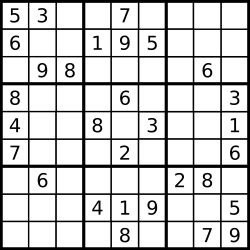
Example 1:
Input: board = [["5","3",".",".","7",".",".",".","."],
["6",".",".","1","9","5",".",".","."],
[".","9","8",".",".",".",".","6","."],
["8",".",".",".","6",".",".",".","3"],
["4",".",".","8",".","3",".",".","1"],
["7",".",".",".","2",".",".",".","6"],
[".","6",".",".",".",".","2","8","."],
[".",".",".","4","1","9",".",".","5"],
[".",".",".",".","8",".",".","7","9"]]
Output: [["5","3","4","6","7","8","9","1","2"],
["6","7","2","1","9","5","3","4","8"],
["1","9","8","3","4","2","5","6","7"],
["8","5","9","7","6","1","4","2","3"],
["4","2","6","8","5","3","7","9","1"],
["7","1","3","9","2","4","8","5","6"],
["9","6","1","5","3","7","2","8","4"],
["2","8","7","4","1","9","6","3","5"],
["3","4","5","2","8","6","1","7","9"]]
Explanation: The input board is shown above and the only valid solution is shown below:
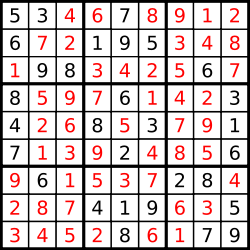
Constraints:
board.length == 9
board[i].length == 9
board[i][j] is a digit or '.'.
It is guaranteed that the input board has only one solution.
Notes
Note: Zoom for Better Understanding
Intuition:
Since we have to fill the empty cells with available possible numbers and we can also have multiple solutions, the main intuition is to try every possible way of filling the empty cells. And the more correct way to try all possible solutions is to use recursion. In each call to the recursive function, we just try all the possible numbers for a particular cell and transfer the updated board to the next recursive call.
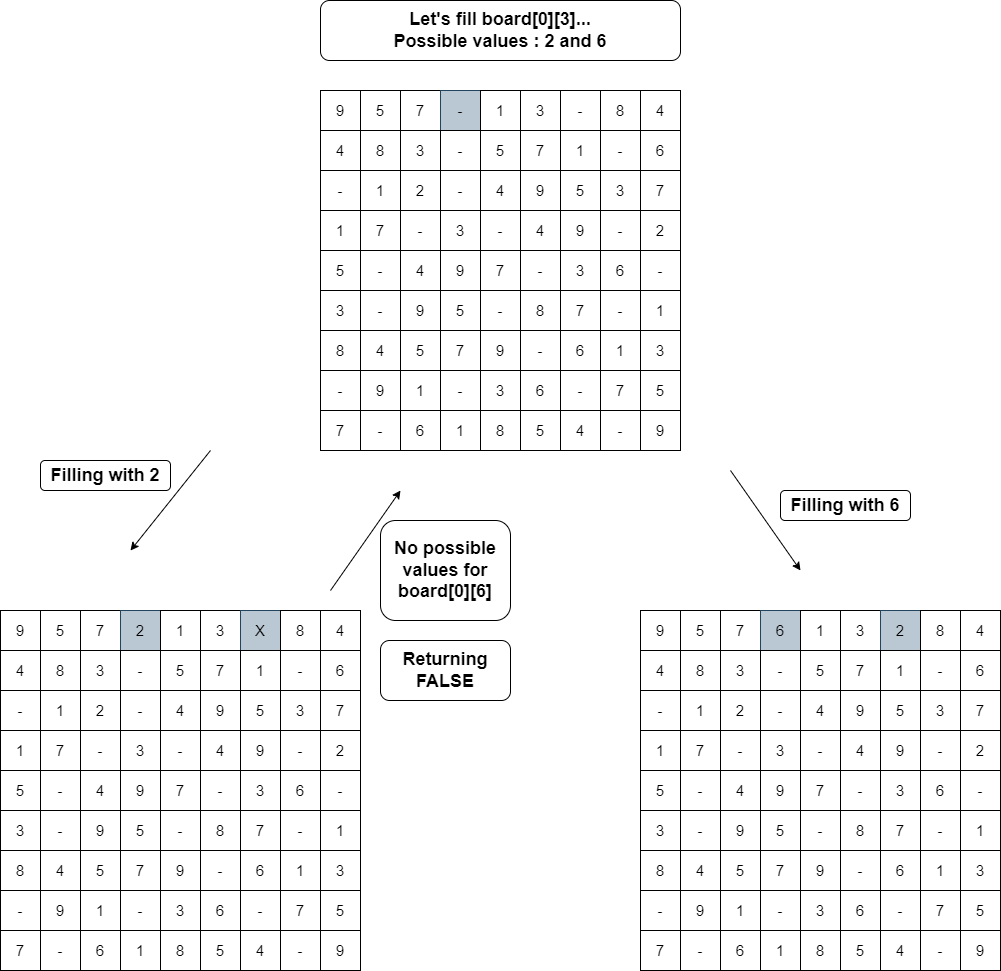
Validating Board
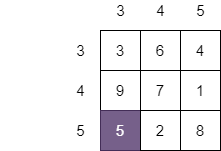
Recursion Tree
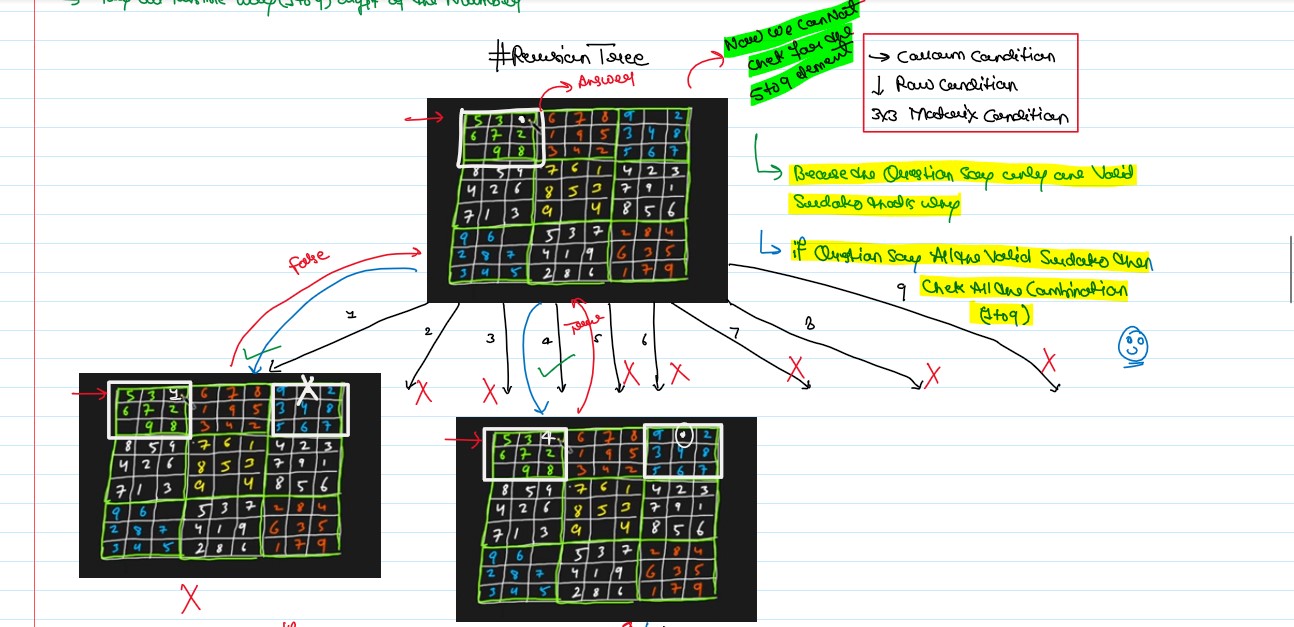
Code Zone!
.png)
.png)
Sb Mai He Kru ...
Khud Bhi Kr le Khuch ..... Nalayk
Time Complexity:O(9(n ^ 2)) in the worst case, for each cell in the n2 board, we have 9 possible numbers.
Space Complexity: O(1) + O(N) since we are refilling the given board itself, there is no extra space required, so constant space complexity.
O(N) for the Recursive Stack Space.














